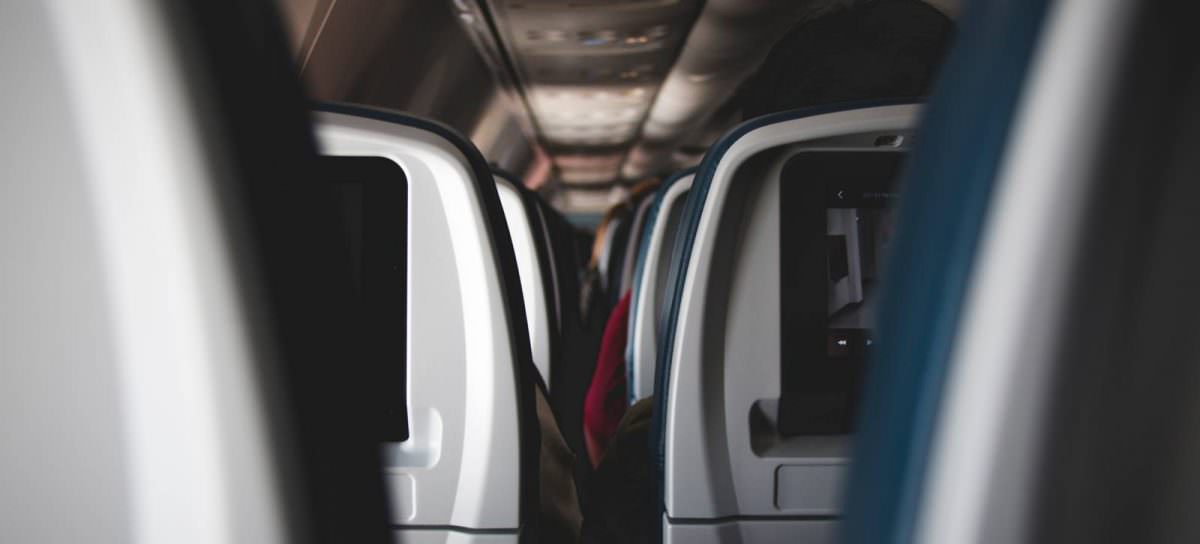Many people who are afraid of flying are looking for tips that they can use to make the flight less uncomfortable. This quest often leads to the question of, “where’s the best place to sit on a plane?” It’s a very fair question, with a somewhat complicated answer.
Fortunately, we can simplify things and give you a solution that you can apply to pretty much any flight. While there’s no one perfect seat, there are a few considerations when selecting where to sit. Ultimately, you’re still going to be riding on an airplane, so some of the sensations are unavoidable. However, some sections of the plane are better suited to minimizing the movements that you feel. Physics plays a big part in this.
…some sections of the plane are better suited to minimizing the movements that you feel.
To illustrate the underlying reasoning for why bumps or turns feel more pronounced when sitting in some sections of the cabin, it’s best to think of the airplane like a giant seesaw/teeter totter. Yes, the airplane actually bears a lot in common with this simple children’s ride at the playground.
Every plane has what’s known as a center of gravity. It’s that one point near the center of the plane that serves as the focal point for the weight. You could essentially balance the entire plane on the end of a pole or needle at this spot. This point will vary, depending on how and where all the people and cargo are loaded. Have you ever balanced a pen or pencil on the tip of your finger? It’s the same concept (much like the seesaw).
Now consider what happens if that pencil or the seesaw happens to sway up and down. Look closely at how far the different sections of the pencil/seesaw move upwards or downwards. How far a segment moves up or down will vary, depending on how close it is to the pivot point. The same can be said for two kids riding a seesaw at the park. How far upwards or downwards are the kids moving if they sit at each end? Probably a couple of feet. How about if you were to sit or stand on the middle of that seesaw? How far would you move up and down? Well, if you’re in the middle, then you’re right on top of the axis where the whole thing pivots. So really, you’re not moving hardly at all. At most, you’ll just experience some gentle swaying side to side.
Now, take that knowledge and apply it to the airplane cabin. Look at the airplane like a giant seesaw. Of course, you can’t eliminate all the bumps or sensations, but you can potentially reduce them. Since most of us aren’t physicists and we don’t have access to detailed airplane diagrams, we’ll try to simplify things. The safest bet is to select a seat over the wings. For a number of technical reasons the wings are typically located at or around the airplane’s center of gravity. So, if you sit over or near the center of the wings you are essentially very close to that pivot point on the seesaw. This will effectively minimize some of the sensations that result from the airplane turning, climbing, descending, etc. Much like the seesaw, the front and back of the plane will tend move the most. These are the areas that experience the most movement, because they are furthest from the center of gravity.
Much like the seesaw, the front and back of the plane will tend move the most.
So, if you are a person who happens to find some of the sensations of flying to be a bit unsettling, you may want to change where you sit. Your safest bet will be to select a seat near the middle of the plane (more specifically, over the wings). This should help make for a slightly smoother ride. It may only be a modest improvement, but it’s better than nothing!
